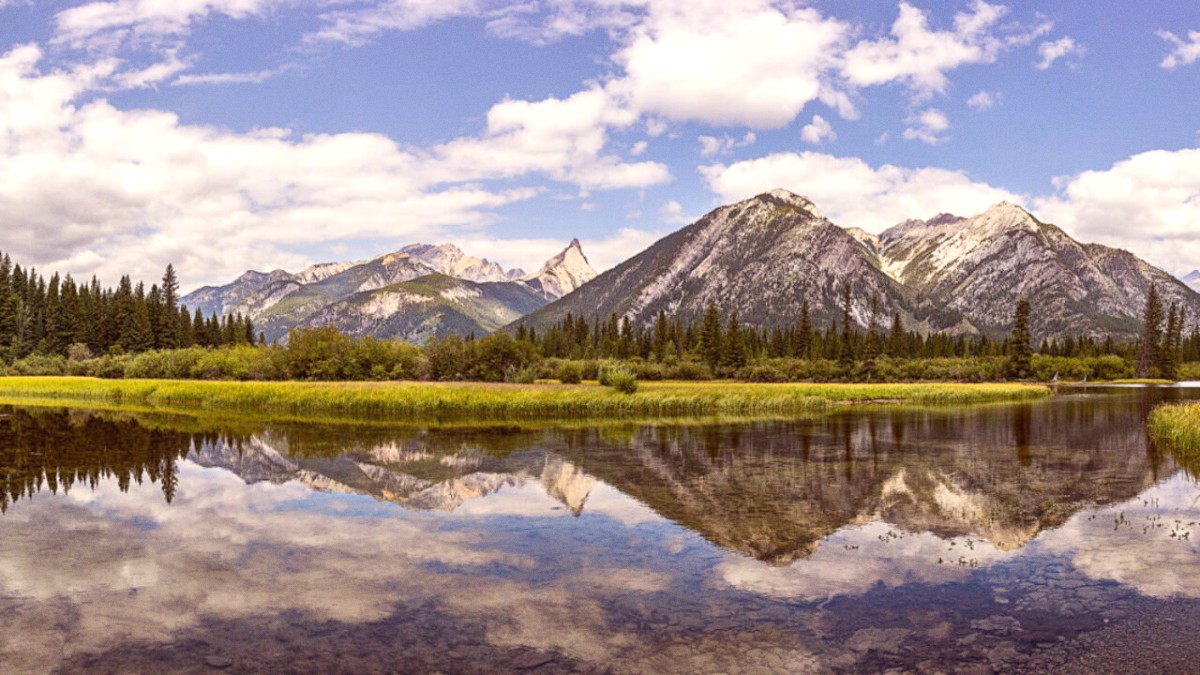
Manitoba, Canada
Fort Prince of Wales National Historic Site: This massive 18th-century stone fort sits across the Churchill River from the town. The Hudson's Bay Company constructed it to protect its fur trade interests. Its impressive stone walls and bastions speak to ambitious colonial defense.
Cape Merry Battery National Historic Site: Part of the Fort Prince of Wales complex, this site is on the east side of the Churchill River, closer to town. It served as an outer battery for the fort, guarding the river entrance. Accessible by a short drive from town. Offers interpretive panels.
Helpful Tip: Dedicate an hour or two to the Itsanitaq Museum. It offers a compelling cultural counterpoint to wildlife viewing.
Remnants of this former range and military presence from the Cold War era exist outside town. Public access is generally restricted, or sites are visited as part of specialized tours.
An important Arctic deep-water port, with industrial activity that reflects its historical role in trade and shipping.
The railway played a role in Churchill's development, connecting it to southern Canada and supporting its growth as a port and military outpost.
Evidence of Cold War military installations remains, speaking to Churchill's strategic importance in North American defense.
Look for interpretive signs throughout the town that provide context for Churchill's historical buildings and monuments.
The true stars of Churchill are its natural attractions and the abundant wildlife they support, offering unique viewing experiences.
Vast national park east of Churchill, dedicated to protecting polar bear denning habitat. A remote, protected wilderness accessible exclusively via licensed tour operators.
The distinct treeline, where boreal forest transitions into tundra, is a natural boundary and a striking sight, especially from an elevated viewpoint.
This coastal area is where polar bears gather in autumn. Viewing occurs safely from specialized Tundra Buggies or authorized tour vehicles.
A critical habitat for thousands of beluga whales in summer. Boat tours explore this area, with belugas often approaching closely.
Best viewed from outside town on clear, dark nights during the cooler months. Some remote lodges offer specialized viewing domes or platforms.
Ancient Precambrian Shield rock formations are visible throughout the landscape. Permafrost and low-lying, rocky tundra are also distinct geological features.
Churchill is world-renowned for its polar bear population. Tundra Buggy tours provide safe, elevated observation of these magnificent animals in their natural habitat.
Thousands of beluga whales gather in the Churchill River estuary during summer. Boat tours offer close observation, and kayaking/snorkeling tours provide unique water-level interactions.
Over 200 bird species have been recorded here, especially during spring and summer migrations. Species include Arctic terns, snowy owls, gyrfalcons, and various waterfowl. Specialized tours are available.
Your enjoyment and safety are priorities. Always observe wildlife responsibly and follow local guidelines.
Beyond the main attractions, Churchill offers some lesser-known spots that provide unique experiences and photo opportunities.
These sites offer a look into the area's character and past.
Explore these sites for unique perspectives and local stories.
Capture the beauty of Churchill with these prime photo subjects.
Gain insights by connecting with locals and exploring beyond the main tourist routes.
The Churchill region is unique, with the town serving as the main hub for northern exploration.
Secure your spots for popular attractions like Fort Prince of Wales tours early, especially during peak seasons. Use GetYourGuide to check availability for various tours.
Start your visit at the Parks Canada Visitor Centre (pc.gc.ca). Its exhibits offer context for everything you will see in Churchill and provide up-to-date information on site access.
Local guides offer a wealth of knowledge about the region's history, wildlife, and cultural hints. Their insights can enrich your experience and point out hidden gems.
Look for interpretive signs around town that provide context for Churchill's historical buildings and monuments, offering glimpses into its varied past.
Fort Prince of Wales InfoThe Itsanitaq Museum offers a compelling cultural counterpoint to the wildlife viewing. Dedicate an hour or two for a appreciation of Inuit art and history.
Experience the distinct treeline where boreal forest meets tundra, a striking sight especially from elevated viewpoints or during specialized tours.
Wapusk National Park InfoExplore the many birdwatching spots around Churchill, a haven for over 200 species during migrations. Ask local guides for prime viewing locations.
Always follow guidelines for safe and respectful wildlife observation. Maintain appropriate distances and do not disturb animals in their natural habitat.
Discover the fascinating stories of Churchill's shipwrecks and aviation history.
The land around Churchill itself is a natural attraction, demonstrating ancient geological processes.
Always prioritize safety. Respect wildlife viewing distances and do not venture into wilderness areas without a trained local guide.
Follow all Parks Canada regulations and local advisories.